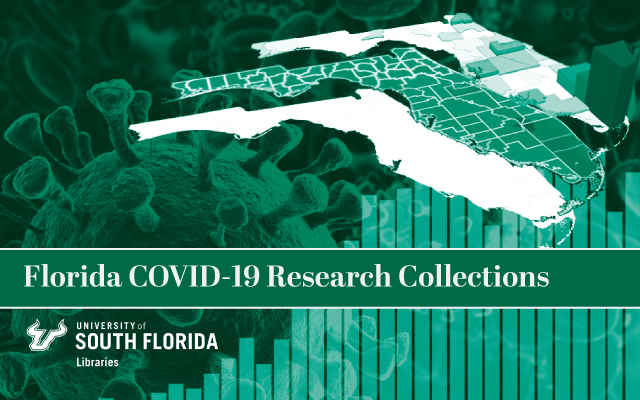
All publications
Document Type
Article
Publication Date
6-2021
Keywords
ORF8, Phylogenetics, Mutational hotspots, Physicochemical properties, ORF8 evolution, SARS-CoV-2
DOI
https://doi.org/10.1016/j.compbiomed.2021.104380
Abstract
Immune evasion is one of the unique characteristics of severe acute respiratory syndrome coronavirus 2 (SARS-CoV-2) attributed to its ORF8 protein. This protein modulates the adaptive host immunity through down-regulation of MHC-1 (Major Histocompatibility Complex) molecules and innate immune responses by surpassing the host's interferon-mediated antiviral response. To understand the host's immune perspective in reference to the ORF8 protein, a comprehensive study of the ORF8 protein and mutations possessed by it have been performed. Chemical and structural properties of ORF8 proteins from different hosts, such as human, bat, and pangolin, suggest that the ORF8 of SARS-CoV-2 is much closer to ORF8 of Bat RaTG13-CoV than to that of Pangolin-CoV. Eighty-seven mutations across unique variants of ORF8 in SARS-CoV-2 can be grouped into four classes based on their predicted effects (Hussain et al., 2021) [1]. Based on the geo-locations and timescale of sample collection, a possible flow of mutations was built. Furthermore, conclusive flows of amalgamation of mutations were found upon sequence similarity analyses and consideration of the amino acid conservation phylogenies. Therefore, this study seeks to highlight the uniqueness of the rapidly evolving SARS-CoV-2 through the ORF8.
Rights Information

This work is licensed under a Creative Commons Attribution 4.0 License.
Citation / Publisher Attribution
Computers in Biology and Medicine, v. 133, art. 104380
Scholar Commons Citation
Hassan, Sk Sarif; Aljabali, Alaa A. A.; Panda, Pritam Kumar; Ghosh, Shinjini; Attrish, Diksha; Choudhury, Pabitra Pal; Seyran, Murat; Pizzol, Damiano; Adadi, Parise; Abd El-Aziz, Tarek Mohamed; Soares, Antonio; Kandimalla, Ramesh; Lundstrom, Kenneth; Lal, Amos; Azad, Gajendra Kumar; Uversky, Vladimir N.; Sherchan, Samendra P.; Baetas-da-Cruz, Wagner; Uhal, Bruce D.; Rezaei, Nima; Chauhan, Gaurav; Barh, Debmalya; Redwan, Elrashdy M.; Dayhoff, Guy W.; Bazan, Nicolas G.; Serrano-Aroca, Ángel; El-Demerdash, Amr; Mishra, Yogendra K.; Palu, Giorgio; Takayama, Kazuo; Brufsky, Adam M.; and Tambuwala, Murtaza M., "A Unique View of SARS-CoV-2 through the Lens of ORF8 Protein" (2021). All publications. 134.
https://digitalcommons.usf.edu/usf_fcrc_all/134

